Regenerative agriculture is an approach to agriculture, or a set of agricultural practices, that focuses on improving soil health, improving water quality, increasing biodiversity, and enhancing ecosystem services, including carbon capture and sequestration. Although the term ‘regenerative agriculture’ might be defined differently by different groups, it is helpful to contrast it with conventional agricultural systems — which produce yield through large amounts of often fossil-fuel-dependent external input and at a great cost to soil health, water quality, and both below- and above-ground biodiversity.
Making sense of regenerative agriculture requires us to look at changes in agricultural approaches, and by extension, changes in perceptions of land. This is a massive undertaking, and signals of change in this sector can be seen at various levels — some reaching the mainstream, while many currently existing as niche or fringe ideas.
Last month, Forum for the Future’s APAC team engaged in a horizon scanning exercise focusing on regenerative agriculture in Southeast Asia, with the goal of highlighting some developments that the team is noticing and exploring what they might mean for the region’s future.
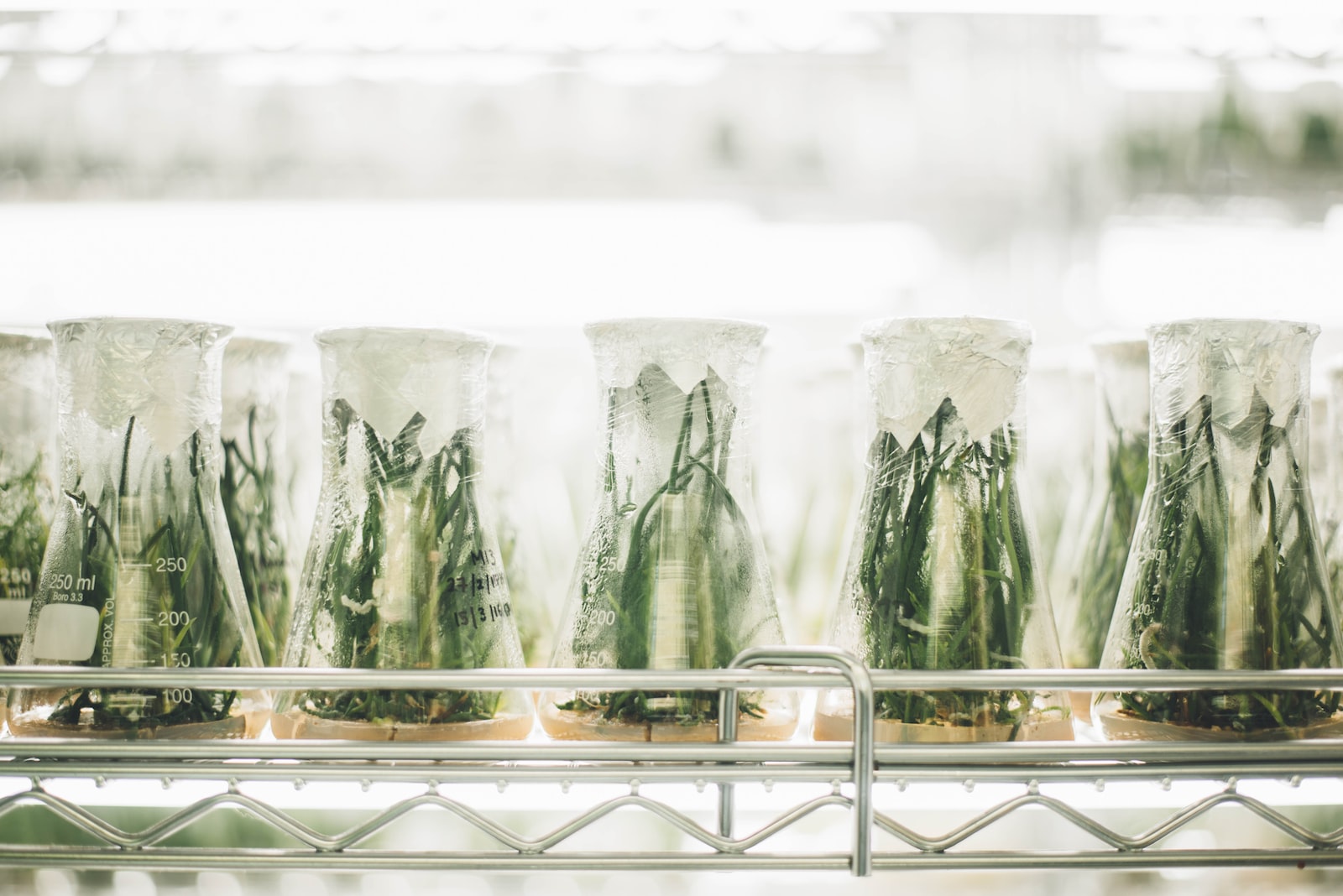
Land vs Lab
- There seem to be two major development trajectories in the agriculture sector, with regards to re-thinking our relationships with the land. Alongside regenerative agriculture – which focuses on greater considerations of ecological aspects of land – there is a growing interest in agricultural innovations that seek to decouple themselves to varying extents from dependency on the land. These include lab-grown (or cultivated) meat, hydroponics systems, and other plant-based innovations, commonly associated with a high-tech agri-food sector.
- In 2020, Singapore became the first country to approve the sale of lab-grown meat, and in 2022, the largest cultivated meat production facility broke ground in the country. The country’s ’30 by 30’ push – to produce 30% of the country’s nutritional needs locally by 2030 focuses on high-tech approaches to maximise food production, considering the country’s land constraints. An area of land (Lim Chu Kang) is planned to be transformed into a high-tech agri-food cluster.
- How might these two developments – one that increases considerations of land and its benefits, and another that seeks to decouple from it – play out in influencing the agricultural system of tomorrow? Does the growth of either development affect the other, or are there areas in which one development might be preferable to the other?
- Further, what sort of relationships to land and to food does each approach contribute to, and what might it mean for a food system that seeks to carry out a just transition, while becoming climate-friendly and climate-resilient?
Questions about crop diversity and nutrition
- The agricultural system currently focuses on only a few crop sources for the majority of its nutrients; even alternative protein solutions are produced with few select crops as input. This decrease in diversity of crops presents questions about the nutritional content of our diets.
- The diversity of microbiomes is also garnering attention, on two fronts that might be interlinked: the soil microbiome and the gut microbiome. As the focus on soil health is increasing globally, business models – such as those of Soil Social — that commercialise biodiversity and microbiome-rich soils might gain greater traction. Interest is also increasing in the human gut microbiome, as suggested by the opening of the new ASEAN Microbiome and Nutrition Centre. Though seemingly separate, these signals hint toward a more holistic consideration of complex, biodiverse systems, and a move from reductionist to a more holistic understanding of soil health, human health, and nutrition.
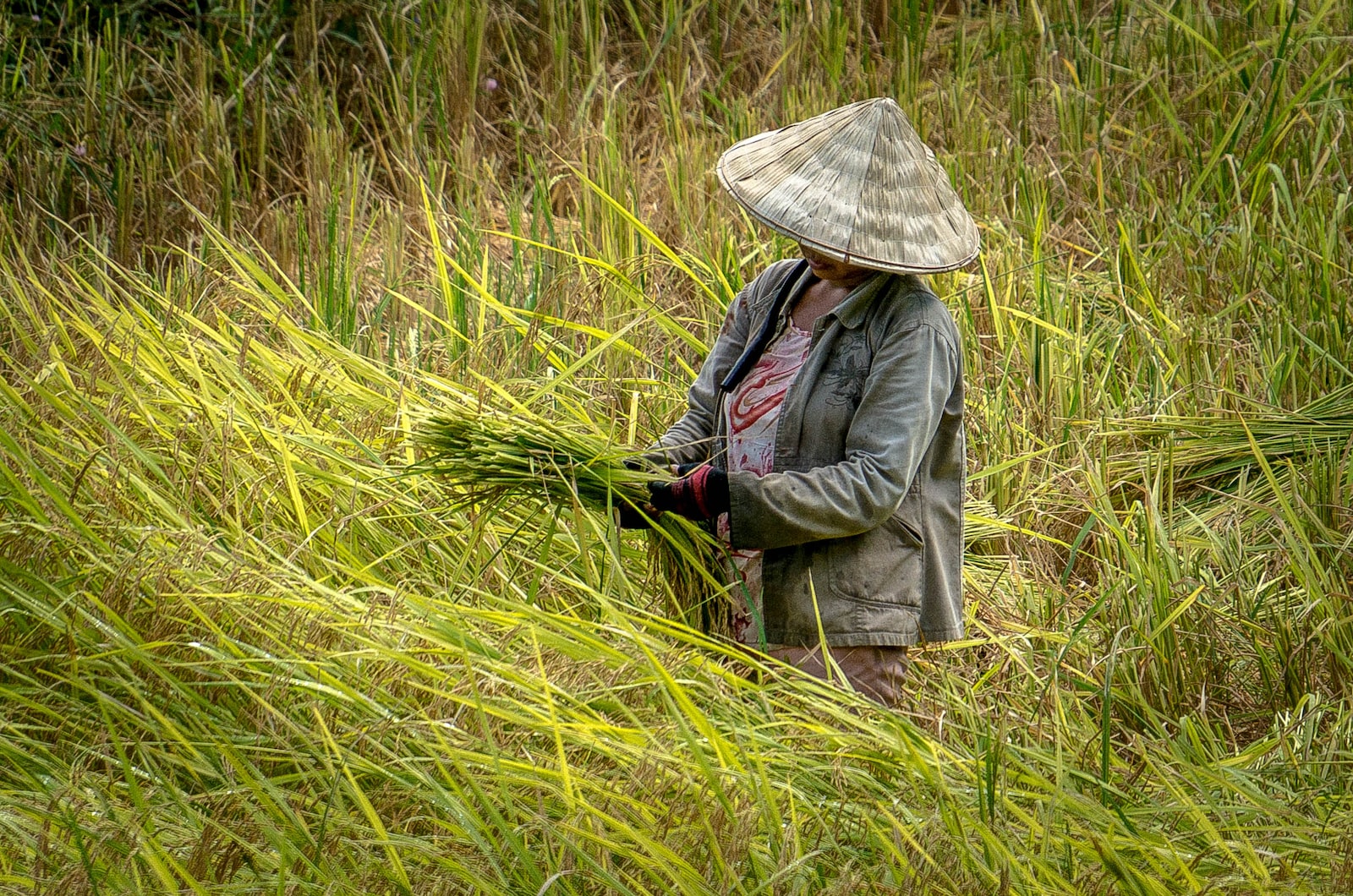
Links with land rights movements
- Regenerative approaches to agriculture (such as agroecology practises) are contributing to and/or being led by peasant movements seeking food sovereignty in the region, such as these efforts in Thailand and Indonesia. Peasant struggles might also go hand-in-hand with regions with ongoing indigenous land rights movements, such as the Philippines.
- Regenerative agriculture processes might also contribute to conversations around bringing back traditional/indigenous crops and related sustainable agricultural practices, while also potentially coalescing with indigenous land rights movements.
Status-quo agriculture moving into regenerative agriculture practises
- Palm oil plantations are the unofficial poster child of monocropping in the region, the furthest away from a regenerative agricultural system. Still, palm oil companies are starting to experiment with regenerative agriculture principles — prioritising soil health and storing carbon, while providing additional revenue streams for farmers. The proposed plans include a move away from monocrops to mixed-used systems with native shrubs and trees, and practices such as no-till and cover-cropping for soil health. Could a sector infamous for its monocropping move towards regenerative agriculture? How might the biodiversity of such mixed-used systems differ from undisturbed forests, and what thresholds of biodiversity health metrics might be considered in determining regenerative agricultural systems?
- Still, risks of greenwashing have been acknowledged as such incumbents highlight their plans to move towards more sustainable practices. Nespresso B-Crop certification was followed by several coffee companies calling for stricter accountability and standards in the certification process to avoid ‘greenwashing’. As the B Corp movement gains momentum in Asia, will similar certification schemes be a means to assure that companies actually practise what they claim with regards to their regenerative agriculture practices?
So What?
There are many other developments in the broad space that constitutes regenerative agriculture in the region. In a sector that touches on various issues in the land, alongside technological innovation away from the land, signals of change might be observed at various levels of development. Some might be conversations that are only just emerging in the scientific sphere, or another niche community, while other signals of change might have reached mainstream and been institutionalised through government policies and initiatives. Some signals of change might only be visible as a few emerging cases in a few localities, while others might be more regional/global and more influential.
Conducting a horizon scan of a particular sector will involve both understanding the more dominant and apparent developments, but also those at the niche that might have a potential to greatly change and influence the system in the future. This exercise by the Forum APAC team observed a range of developments — from the niche to the mainstream!
Regional Sensemaking
Every month, our global teams gather to look for signals of change and engage in rapid generative scanning to bring you our glimpses of the future. What are the implications of these signals? What bigger trends are they pointing towards? What if these various signals of change interacted with each other? What would that lead to? We know climate change impacts will affect regions unfairly, so why not produce multiple futures catering to our various contexts – social, cultural, environmental, and more?
Want regular insights and glimpses of the future straight to your inbox?
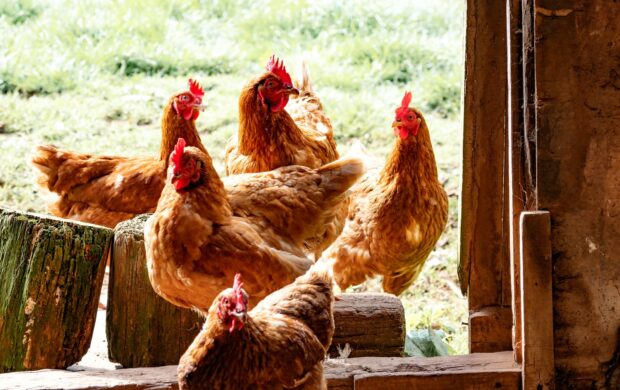

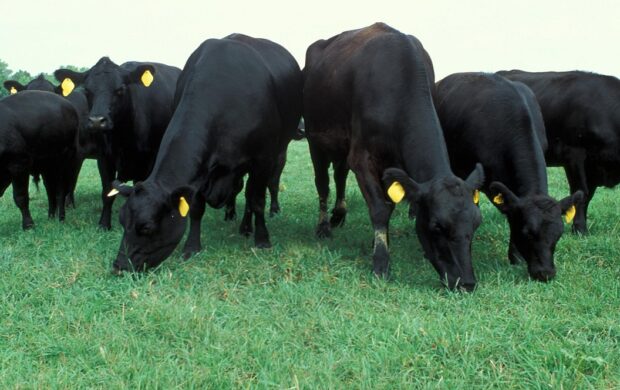
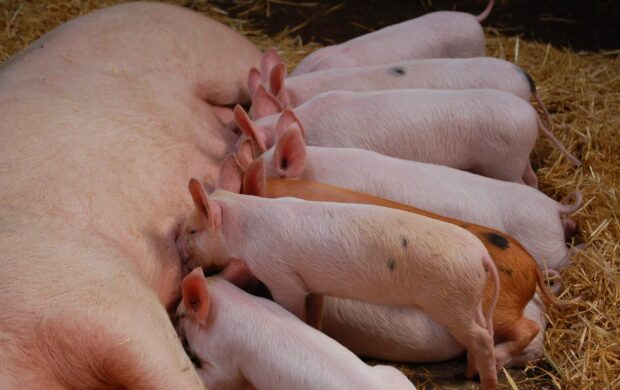



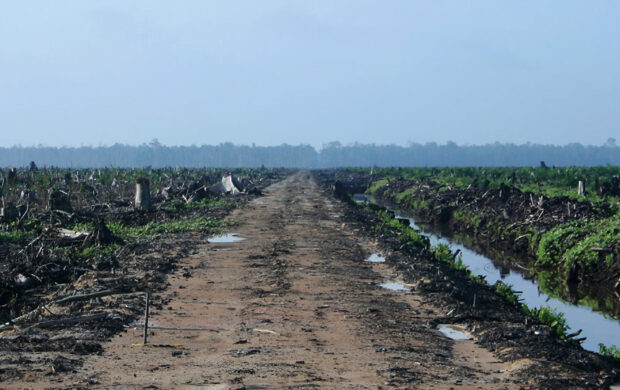
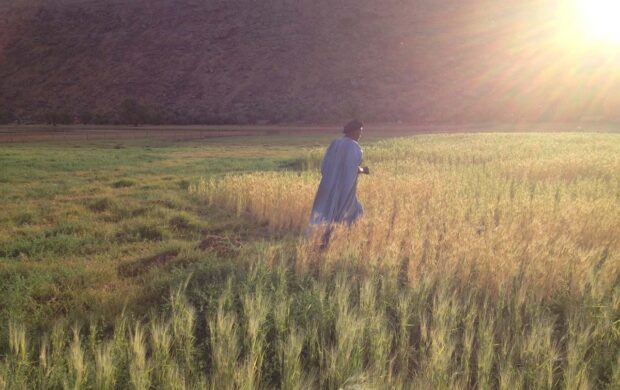
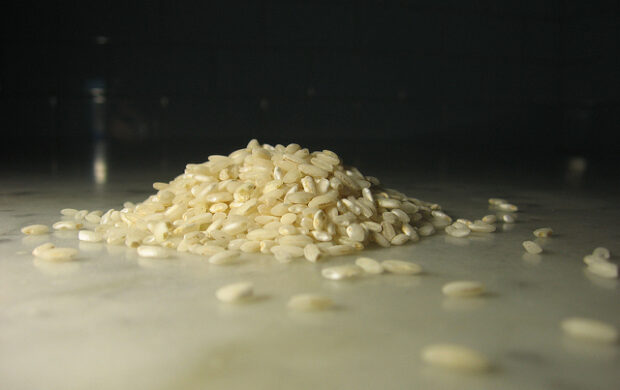


Join discussion